Our Library
Explore our publications, from research papers and series to educational materials, covering all aspects of conflict transformation and peace promotion.
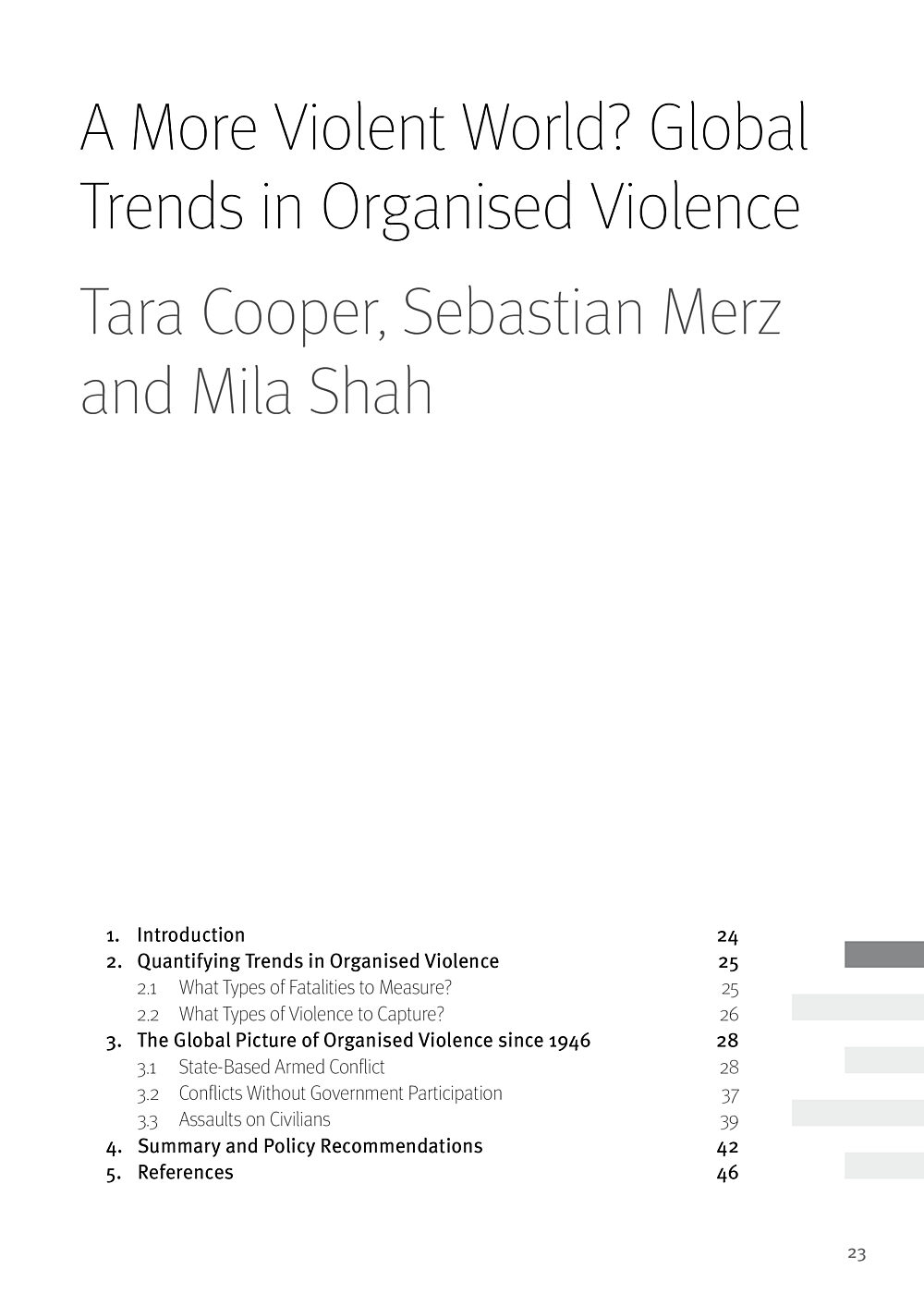
A More Violent World? Global Trends in Organised ViolenceHandbook Article
Presents robust quantitative data challenging the widespread notion that worldwide trends in violent conflict are increasing. This reflects changes in the nature of warfare, but also points to some possible successful outcomes of recent peacebuilding work. The analysis, conducted as part of the Human Security Report Project, extends beyond state-based conflicts to also cover non-state actors involved in conflict and assaults that target civilians.
- Year2011
- Author(s)Tara Cooper, Sebastian Merz, Mila Shah
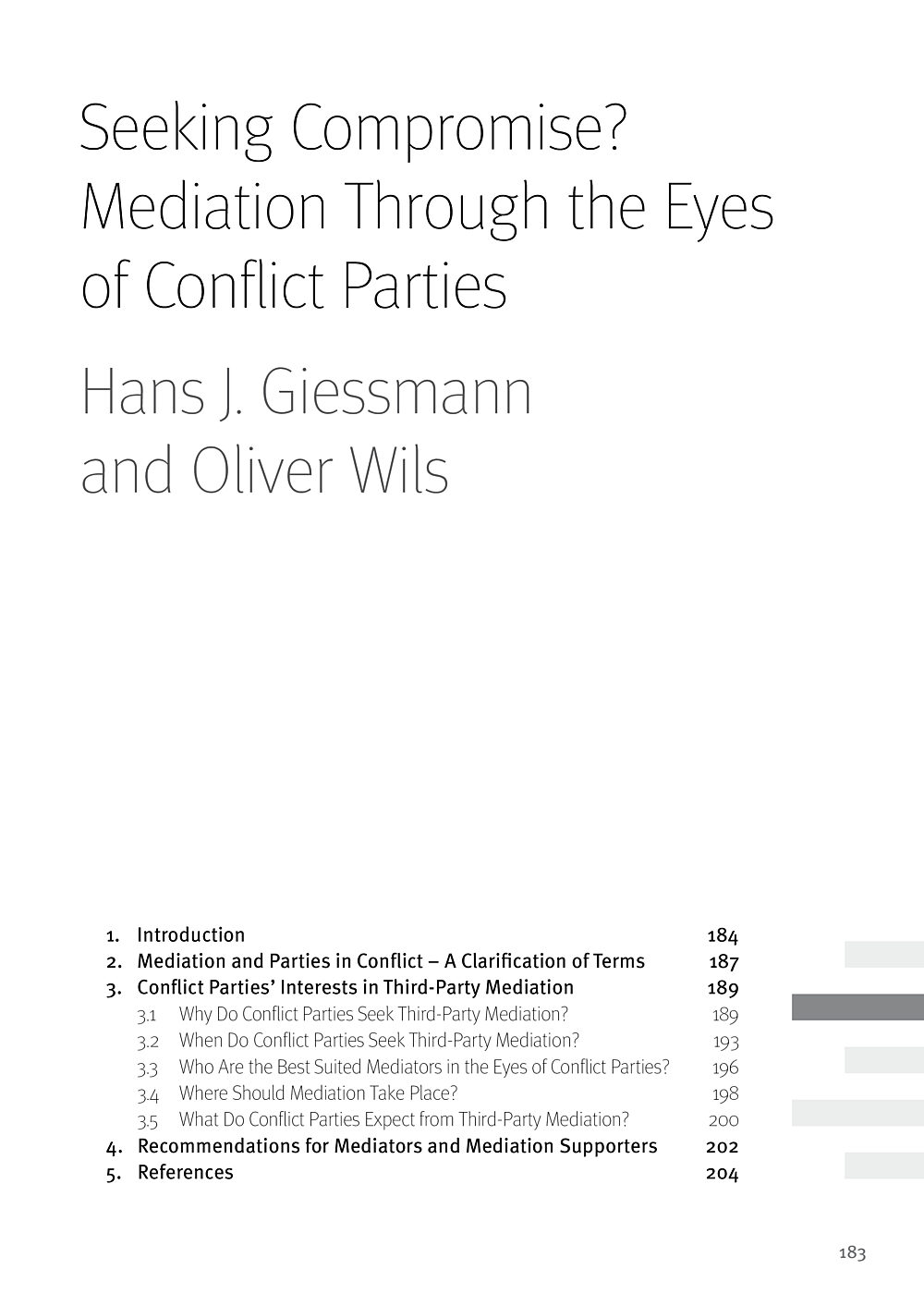
Seeking Compromise? Mediation through the Eyes of Conflict PartiesHandbook Article
- Year2011
- Author(s)Hans-Joachim Giessmann, Oliver Wils
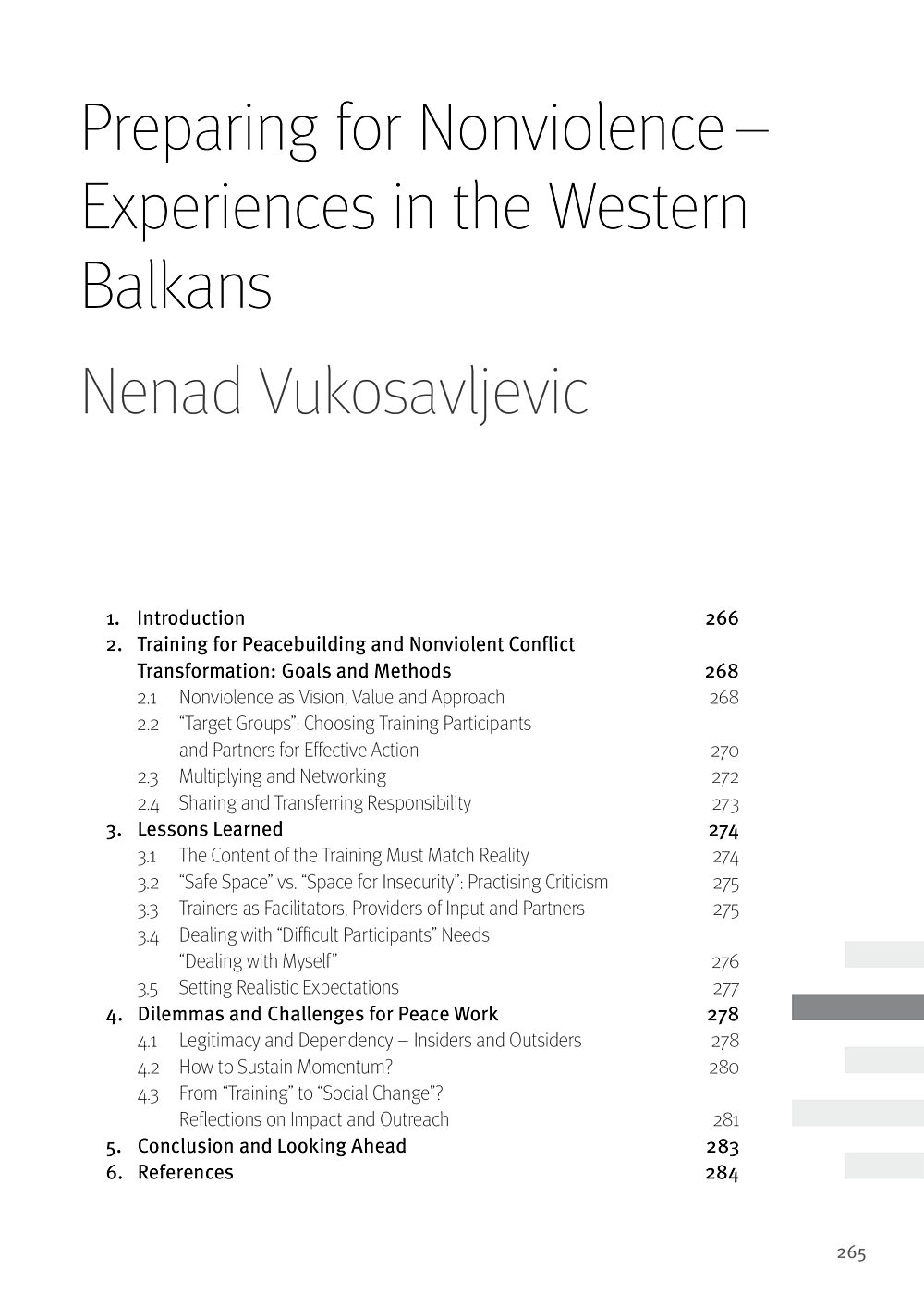
Preparing for Nonviolence – Experiences in the Western BalkansHandbook Article
- Year2011
- Author(s)Nenad Vukosavljevic

Training for Conflict Transformation – An Overview of ApproachesHandbook Article
Seeks to provide a first orientation for an audience less familiar with the field of conflict transformation and its educational possibilities. Questions raised include: who is offering training for which target audience? What are strengths and shortcomings? Are there criteria that help assess training? What challenges remain, what recommendations can be made for improving training offers? The article has an extensive reference section covering training manuals and materials, organisations, resources and analyses. (updated and revised for 2011 print edition)
- Year2011
- Author(s)Beatrix Austin
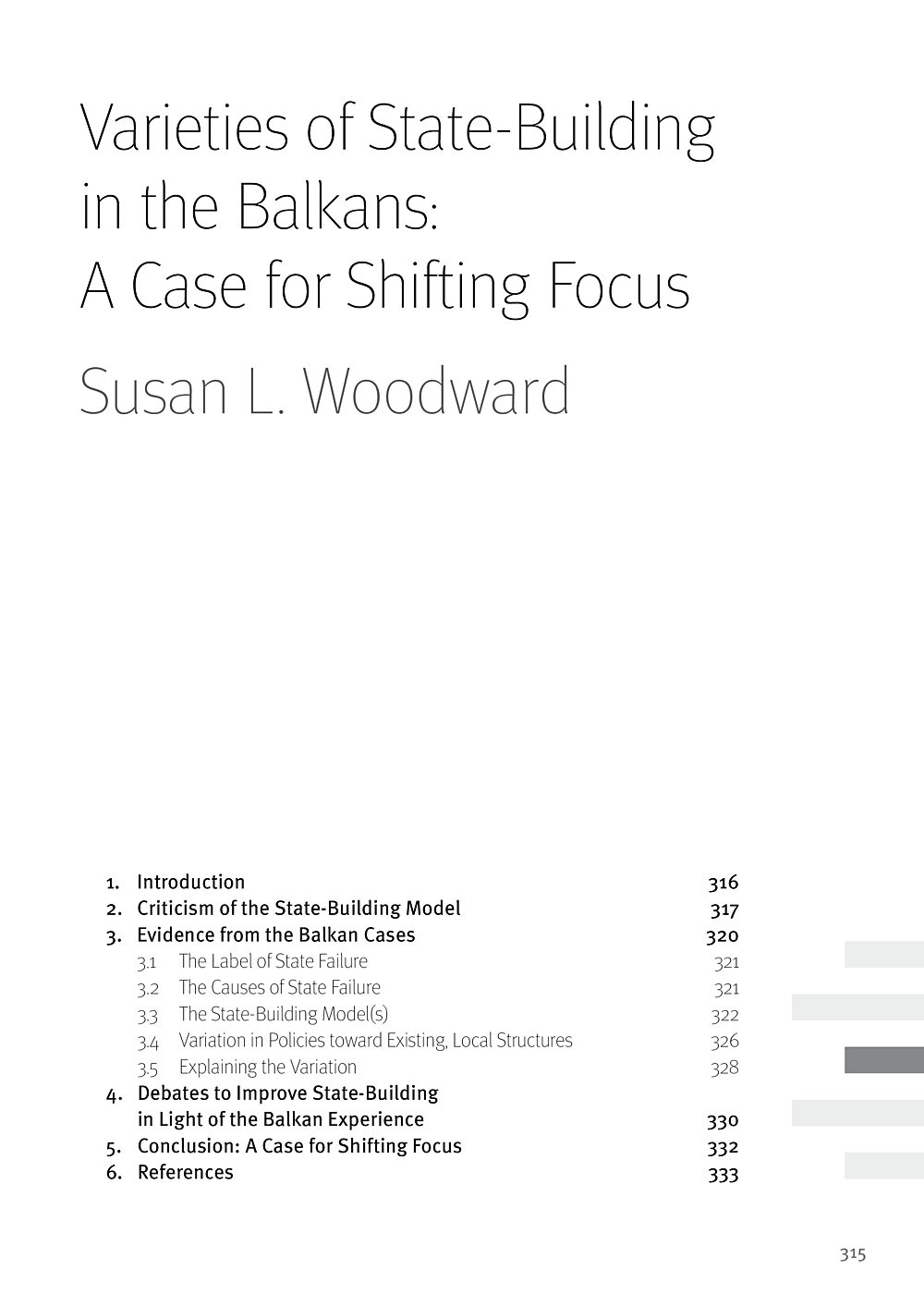
Varieties of State-Building in the Balkans: A Case for Shifting FocusHandbook Article
- Year2011
- Author(s)Susan Woodward
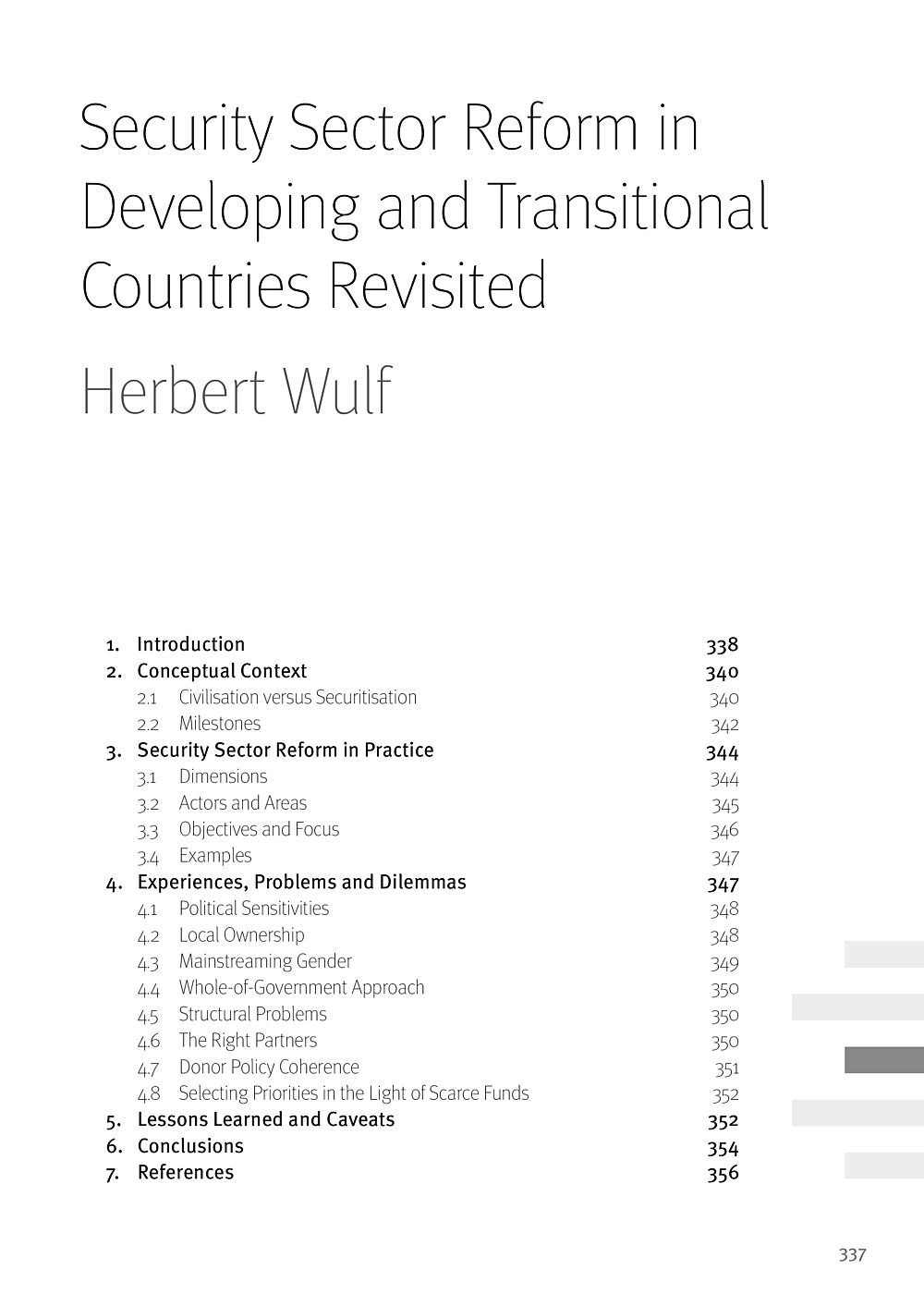
Security Sector Reform in Developing and Transitional Countries RevisitedHandbook Article
- Year2011
- Author(s)Herbert Wulf
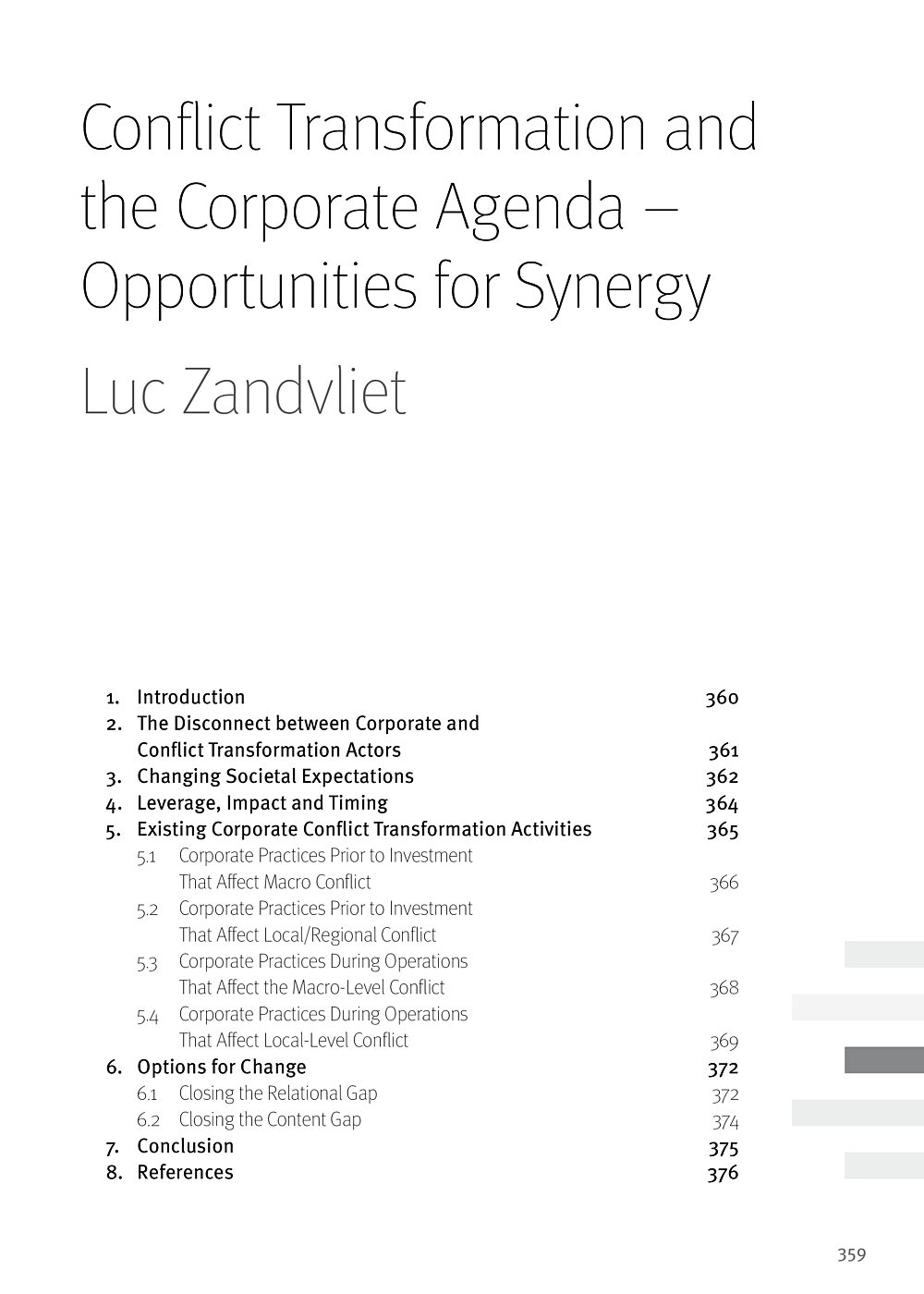
Conflict Transformation and the Corporate Agenda - Opportunities for SynergyHandbook Article
- Year2011
- Author(s)Luc Zandvliet
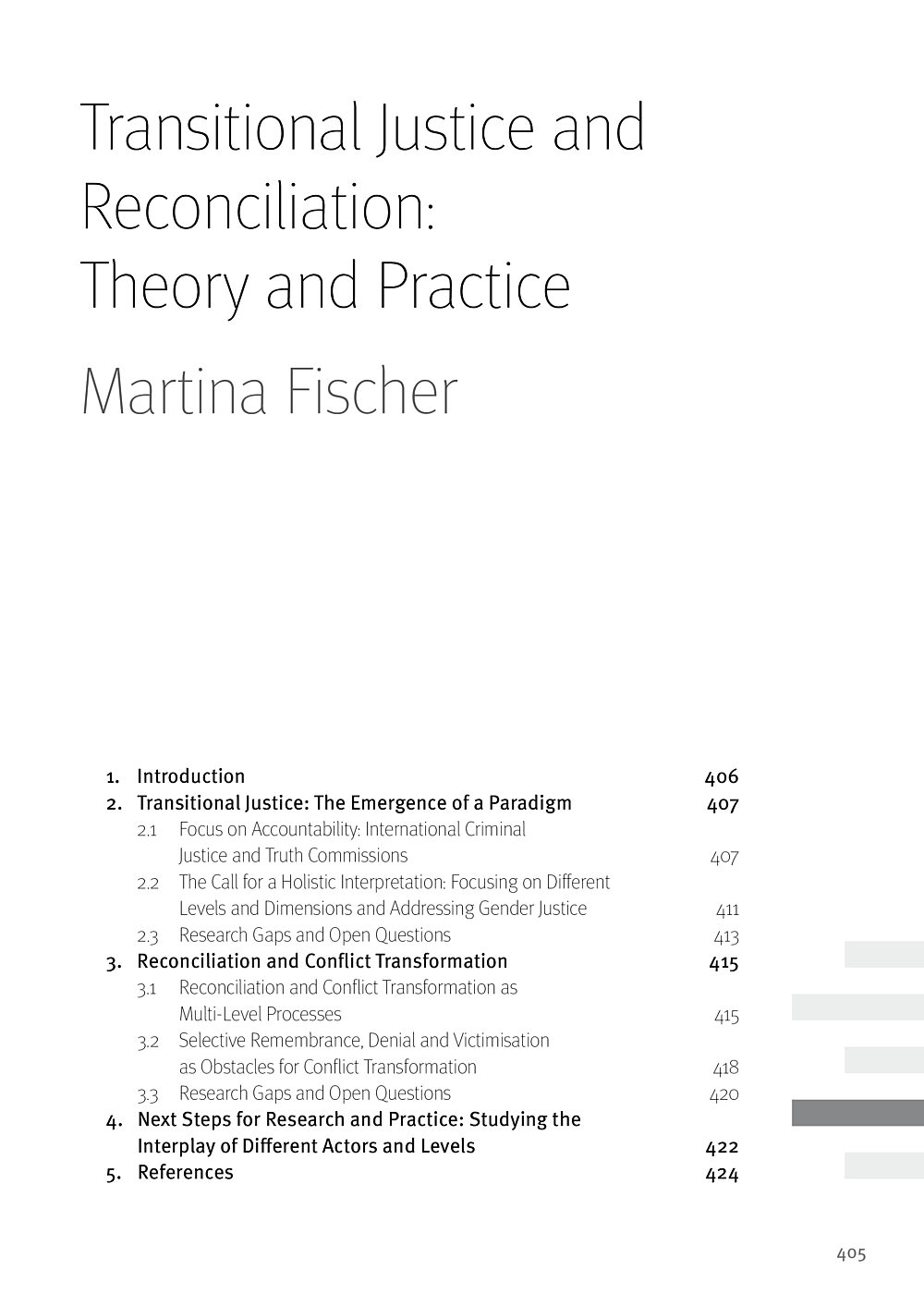
Transitional Justice and Reconciliation - Theory and PracticeHandbook Article
- Year2011
- Author(s)Martina Fischer

Human Rights and Conflict Transformation: Towards a More Integrated ApproachHandbook Article
- Year2011
- Author(s)Michelle Parlevliet
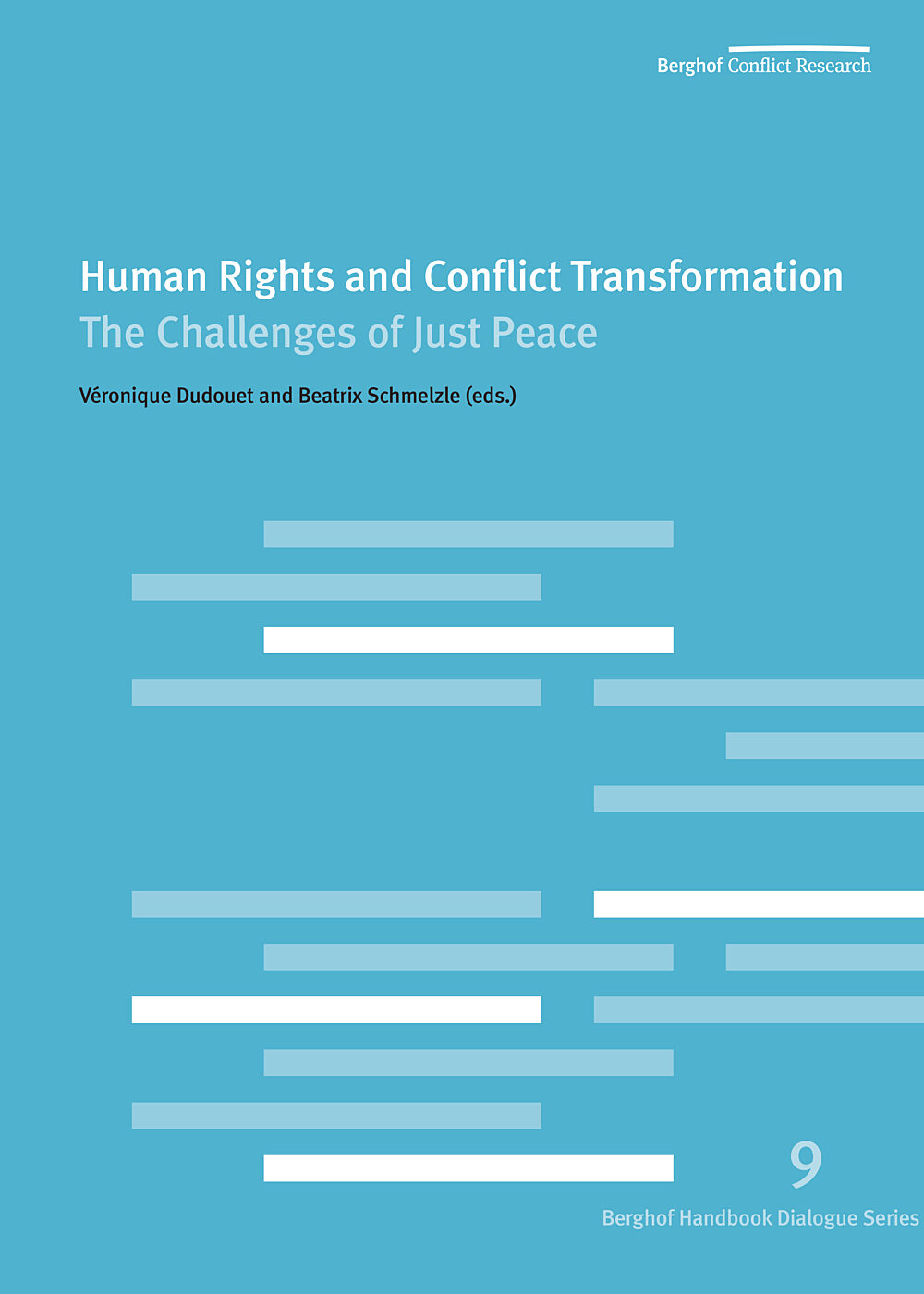
Human Rights and Conflict Transformation: The Challenges of Just PeaceHandbook Dialogue Series No. 9 - complete
- Year2010